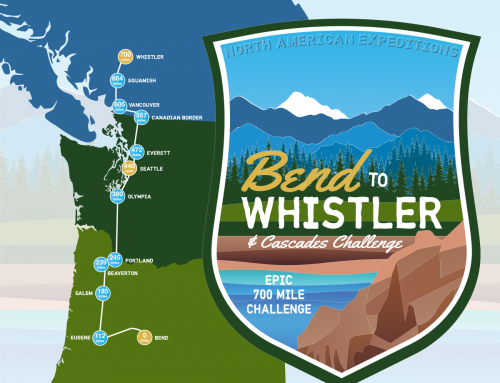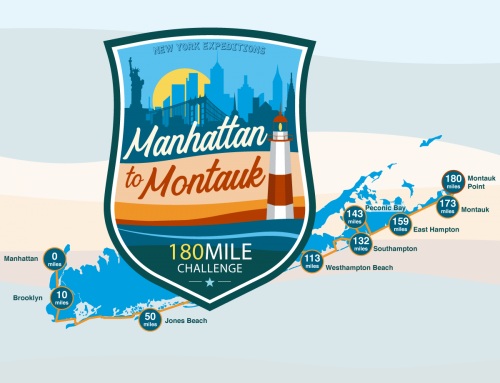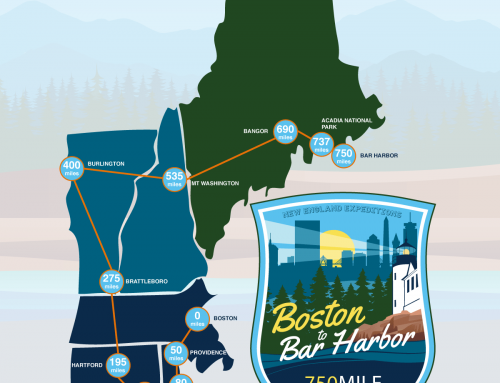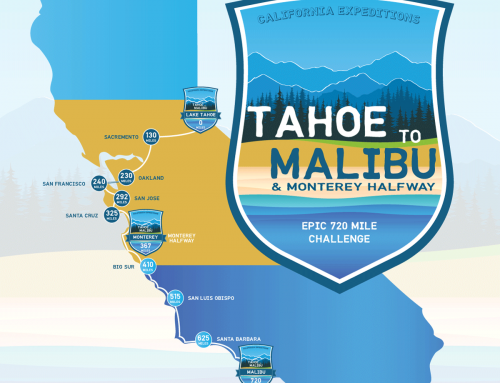By D.C. Lucchesi
You’ve seen those chunky-soled shoes on the running store shelves. Maybe McDougall’s Born to Run didn’t convince you to completely cast-off your trusty trainers, but it did get you thinking about how – and why – the “other half” runs off road. Trail races are popping-up all over, and now even the mainstream running magazines have entire sections devoted to its pursuit. There must be something to it, right? But what?
Well, that’s a tough one. Trail running is as much a physical endeavor as it is a mental and spiritual experience for many devotees. But if that sounds too “out there”, what if you were told that hitting the trails, even occasionally, could make you a better road runner, cyclist or triathlete? You’d probably be willing to give it a go.
Put simply, trail running gives every athlete a boost by recruiting muscle groups that aren’t used in straight-line activities like running on the road or treadmill, cycling or even swimming.
Running and triathlon coach Melinda Yelton recommends her clients run trails to increase stability and lessen the impact of training for endurance events.
“You’ve just got to run on softer surfaces,” says Yelton, “especially when you start increasing your mileage.”
Your leg muscles have to respond to the uneven surface and changes in terrain; your core, arms and shoulders will work to keep you balanced and upright – try getting that from your treadmill.
You’ll likely encounter more hills of varying inclines and distances off road. Like Frank Shorter said; that’s just speed work in disguise, friends. All that translates into fewer injuries and more pain-free miles.
But trail running transcends the mechanical effort necessary to negotiate each foot strike. Even long-time trail runners like Mike Mason have difficulty articulating the reasons “how and why” the trail running elicits a mind-body-nature connection.
“It has something to do with the air and the views: streams, clouds, rock, and dramatic landscapes,” says Mason, “On the good days it feels like music. It has a groove.”
Experiencing the simplicity, beauty and benefits of trail running doesn’t mean foregoing a few basics before heading out. Know the trail, and preferably take a friend. And no matter how far, how fast or how long you’ll be gone, you’ll need to sip something. A handheld water bottle is a must-have, and a small investment you’ll use over and over again.
# # #
D.C. Lucchesi runs himself ragged on the trails and lives to tell (and write) about it. If you’d like to join the fun, email him at dc@runforyourlife.com.






